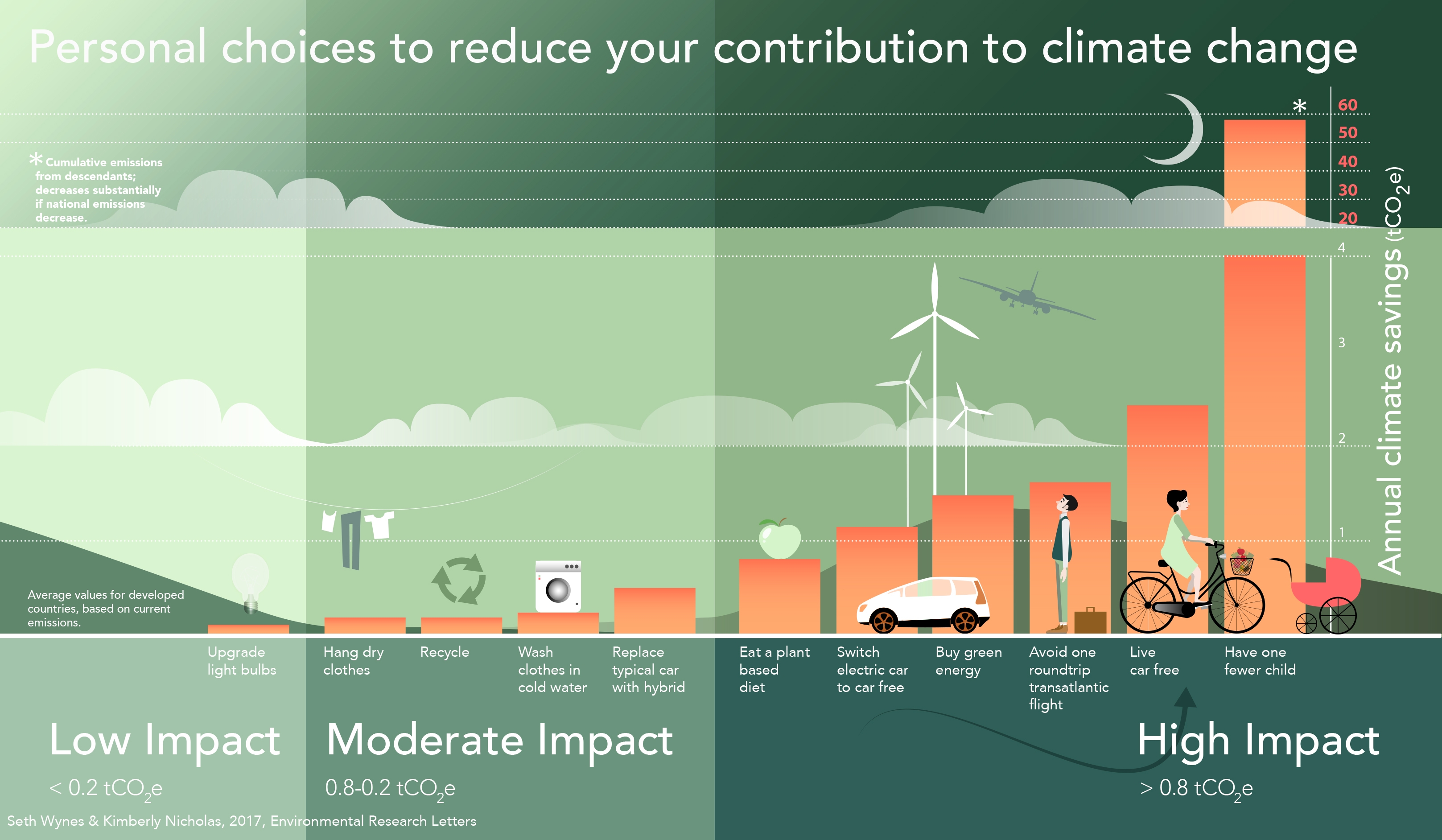This guest post was written by Sabrina Chow, NACCHO’s Health and Disability Fellow.

Everyone is affected by climate change in some way. Due to continued industrialization and urbanization on Earth, the climate is rapidly changing, leading to more frequent weather-related events and disasters, such as droughts, storms, heat waves, rising sea levels, wildfires, etc. Climate change not only affects the physical environment around us, but also our physical and mental health. Climate change does not discriminate, it affects everyone; however, certain groups are disproportionately burdened by the effects of climate change. Specifically, low-income communities, people of color, and people with disabilities disproportionately experience the consequences of climate change.
It is nearly impossible to quantify the true toll that climate change has on the physical environment, but the toll on quality of life can be seen through millions of people losing their homes during natural disasters, a lack of clean drinking water and access to healthy food, and disruptions in education and the economy. The long-term implications of these risk factors continue to affect not only individuals, but entire communities of people in the United States and around the world.
Health care systems and local health departments (LHDs), play a key role in supporting its community. However, continuous global warming and climate-related events have taken a toll on access to health services, which further exacerbates existing inequities.
When evacuation needs arise during a natural disaster, people with disabilities are at high risk of physical and mental impacts. They may also have a reduced ability to act upon any emergency instructions that they may receive and they may not be able to communicate the need for assistance.
For example, during Hurricane Katrina, nearly half of deaths were people over the age of 75, despite the fact that they represented less than 10 percent of the population affected by the Hurricane. Around 10 percent of total deaths occurred in nursing homes, where a majority of residents had disabilities and medical conditions that required additional assistance. Search and rescue personnel during Hurricane Katrina also could not meet the demand for wheelchair-accessible transportation, did not have enough medical equipment for the entire affected population, or enough trained staff that could assist people with disabilities.
There are a several ways that LHDs can continue to support people with disabilities to ensure their safety in the case of natural disasters in their area.
Include People with Disabilities in the Conversation
Most LHDs already have preparedness plans in place to assist the community in the case of emergency. However, when this plan was being created, was every voice in the community present, specifically people with disabilities or agencies that support people with disabilities? Having these voices directly at the table and in the conversation will help to ensure that any preparedness activities and plans are fully accessible and that enough resources are being allocated to support all community members.
Educate the Community
Especially in areas where climate-related events (i.e., hurricanes, tornados, floods, etc.) are more common, it is important that community members understand the importance of creating emergency plans and having an emergency kit prepared with all the basic essentials.
It is also important to educate the community about what climate change is and how actions at the individual and community level can help reduce the effects of climate change in their community. While an effort needs to be made on a global scale lower our carbon footprint and slow the effects of climate change, individual actions also significantly contribute to combatting climate change.
“The climate crisis has already been solved. We already have all the facts and solutions. All we have to do is to wake up and change.”
– Greta Thunberg, Climate Change Activist
Additional Resources:
• Recommendations on how to create an emergency plan and what to include in an emergency kit
• Easy ways to lower your carbon footprint
• ActNow United Nations Campaign | Individual actions on climate change and sustainability



